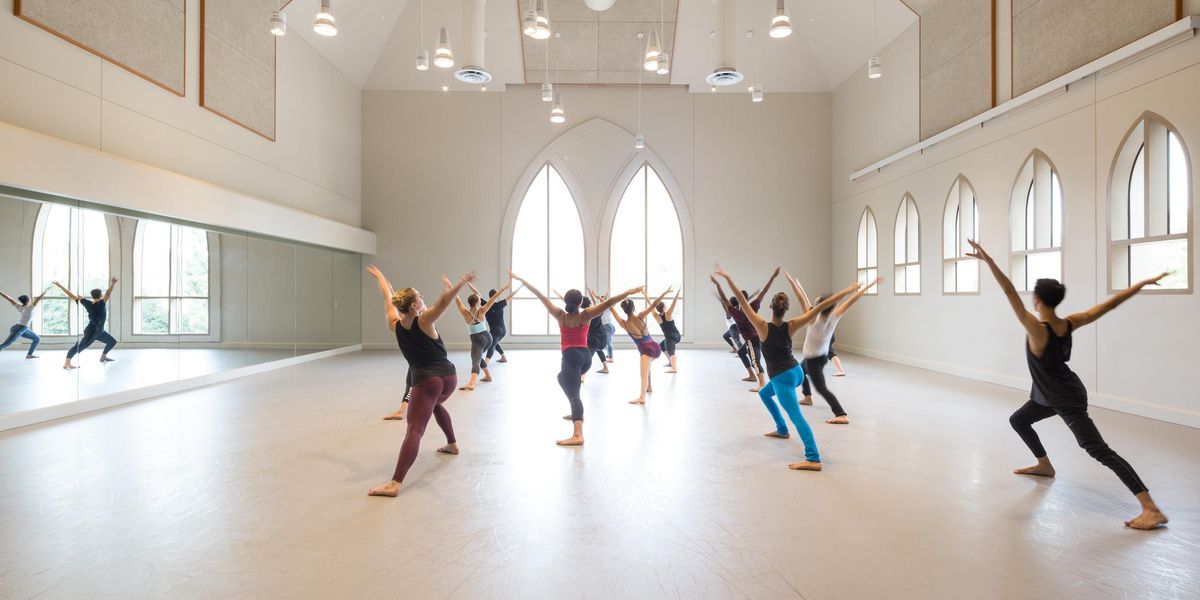Inside DM
Few things are more intimidating for a choreographer than redoing a master’s work. Luckily for Joshua Bergasse, when he was first asked to update Jerome Robbins’ choreography for On the Town, he had no idea the production would become a major hit destined for Broadway. It was supposed to be a summer show in Massachusetts. The stakes were low. So he was unafraid to take the risk—and it paid off in a major way: This month On the Town will mark Bergasse’s choreographic Broadway debut. In our cover story, he shares how he’s gone about celebrating Robbins’ movement, while refreshing it with a slightly grittier, more grounded, 21st-century energy.
For this issue’s special focus on Broadway, we also sat down with Steven Hoggett as he choreographed Sting’s new musical, The Last Ship. In many ways, Hoggett’s the furthest thing from your typical Broadway choreographer: He doesn’t do song-and-dance numbers or set routines with kick-ball-changes. But he has an incredible reverence for movement. In his shows, everything—whether a character cracks his knuckles or slides his hands in his pockets—is choreographed with a deliberate intention. “You can’t just make a casual gesture onstage,” he tells writer Zachary Whittenburg. “That’s as mindless as opening your mouth and letting any old words come out.”
Right: “When you give dancers that kind of freedom, watch out! They have an innate creativity that is endless.”—Hubbard Street Dance Chicago artistic director Glenn Edgerton on his company’s anything-goes collaboration with sketch-comedy troupe Second City. Photo by Quinn Wharton.
It’s an artistic philosophy that many dancers know well, but maybe none more so than those who perform in immersive theater. We spoke to dancers in shows like Sleep No More to learn how they juggle choreography with carefully calibrated moments between themselves and audience members. As the interactive trend grows in both popular dance theater productions and downtown postmodern dance pieces, more and more dancers are being asked to fine-tune audience interplay as precisely as they would a pirouette. And many find the experience brings out a whole new side of their artistry. Performances become less about trying to show off virtuosity, and more about sharing something personal—and truly making every movement in every moment their own.
Jennifer Stahl
Editor in Chief





